Restrictive Interventions in Health & Social Care: Legal Framework
VerifiedAdded on 2023/03/21
|7
|372
|50
Report
AI Summary
This report provides an overview of the legislation concerning restrictive interventions within health and social care (HSC), emphasizing the importance of promoting positive behavior. It references key legal acts such as the Criminal Law Act 1967, which defines the reasonable use of force, and the Health and Safety Act 1974, which mandates a safe working environment. The report highlights the need for employing the least restrictive interventions to restore self-control and underscores the importance of safeguards, including policies, risk analysis, staff training, and documented care plans, to protect individual dignity and respect. Types of challenging behavior discussed include self-harm, aggression, verbal aggression, illegal behavior and manipulative tendencies. Desklib is a platform where students can find similar solved assignments and study resources.
1 out of 7

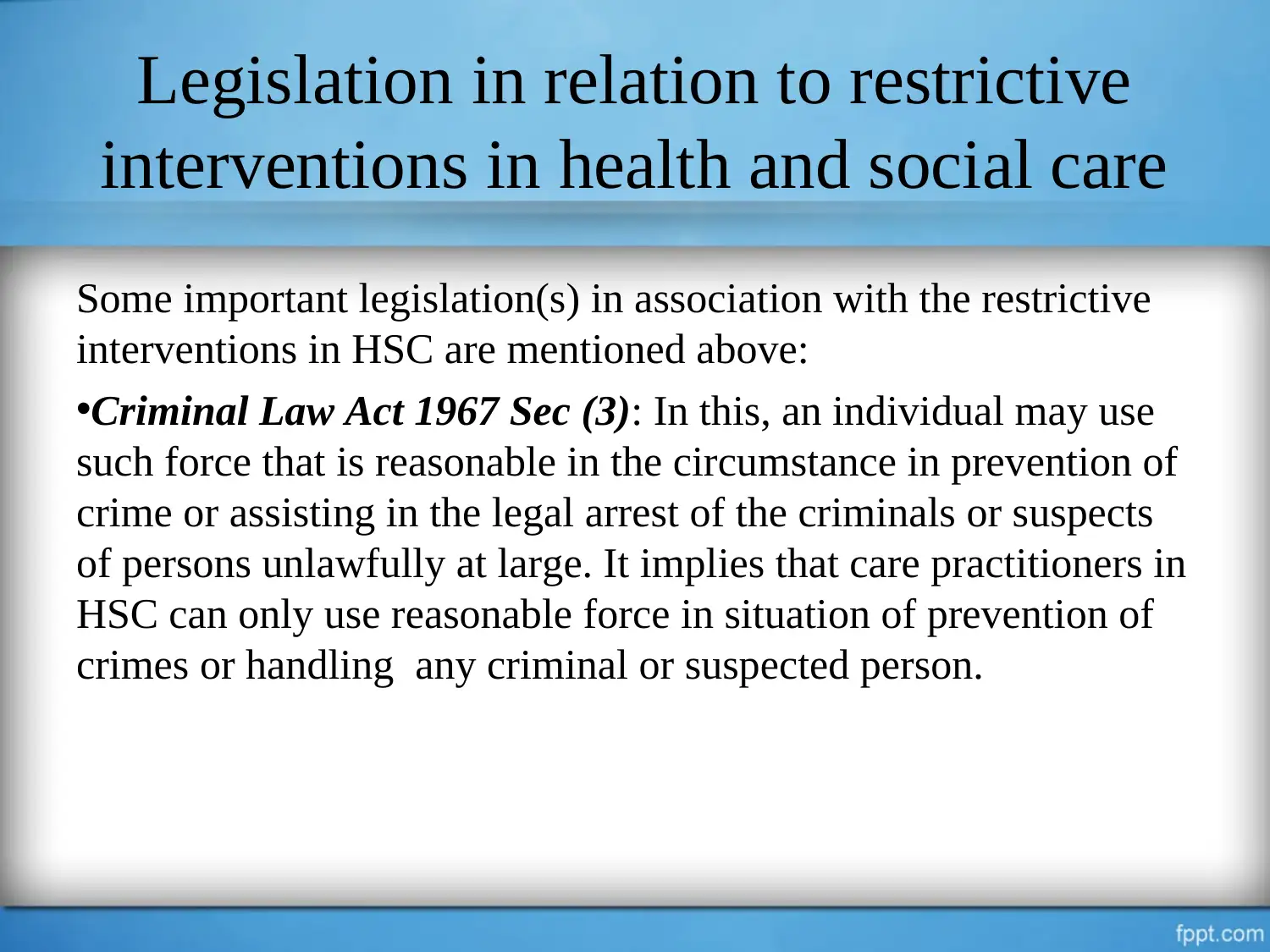
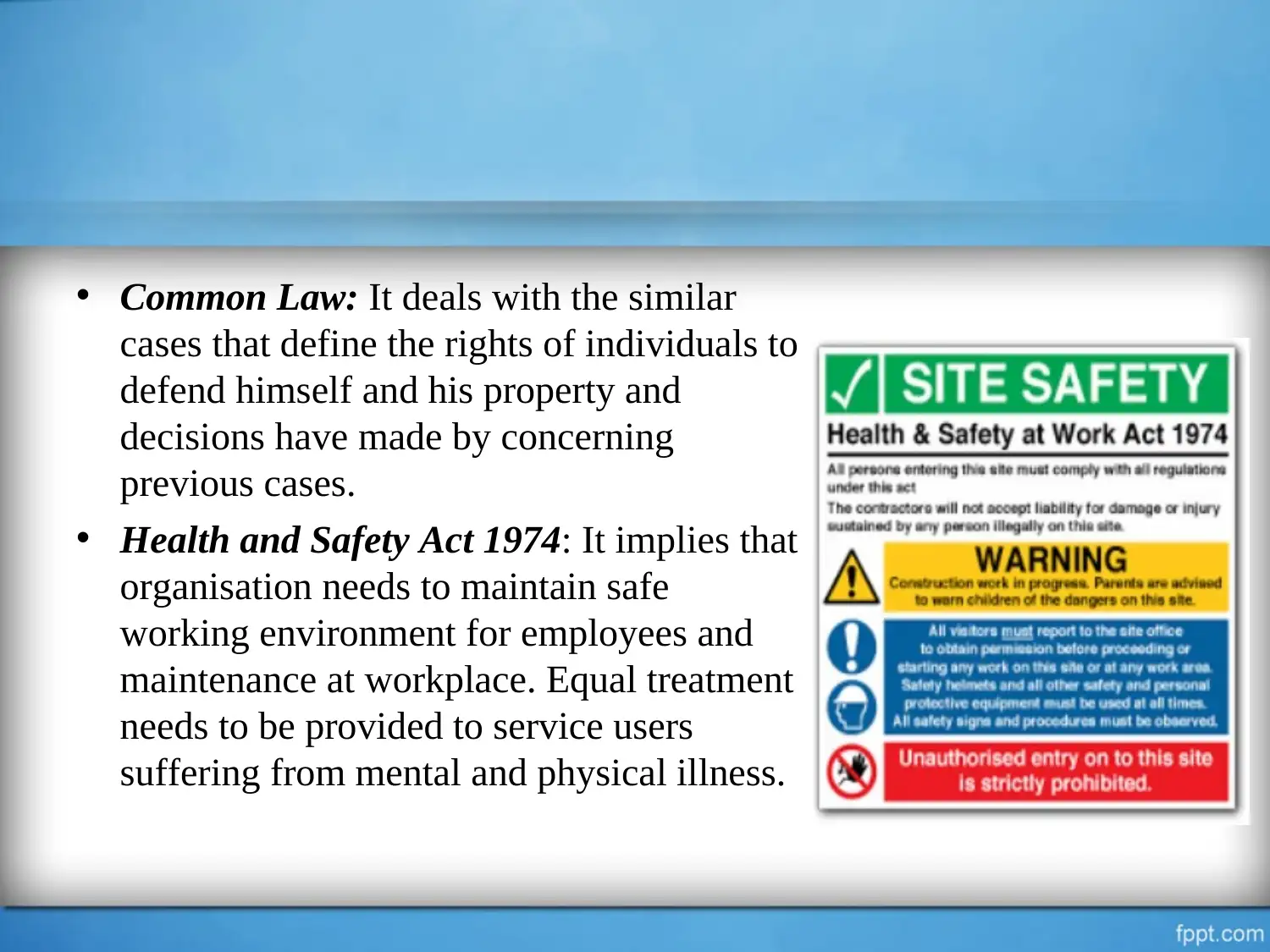

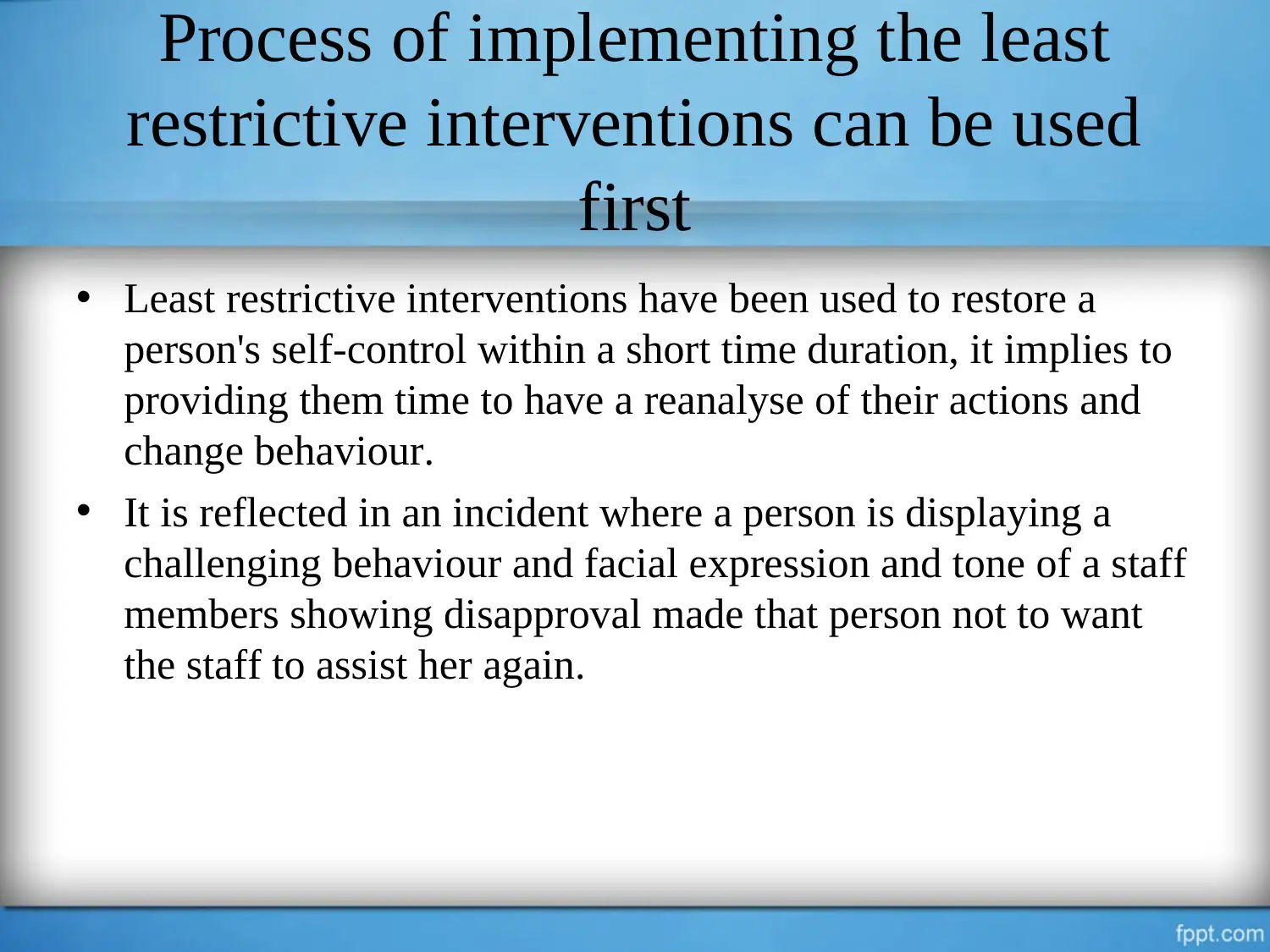
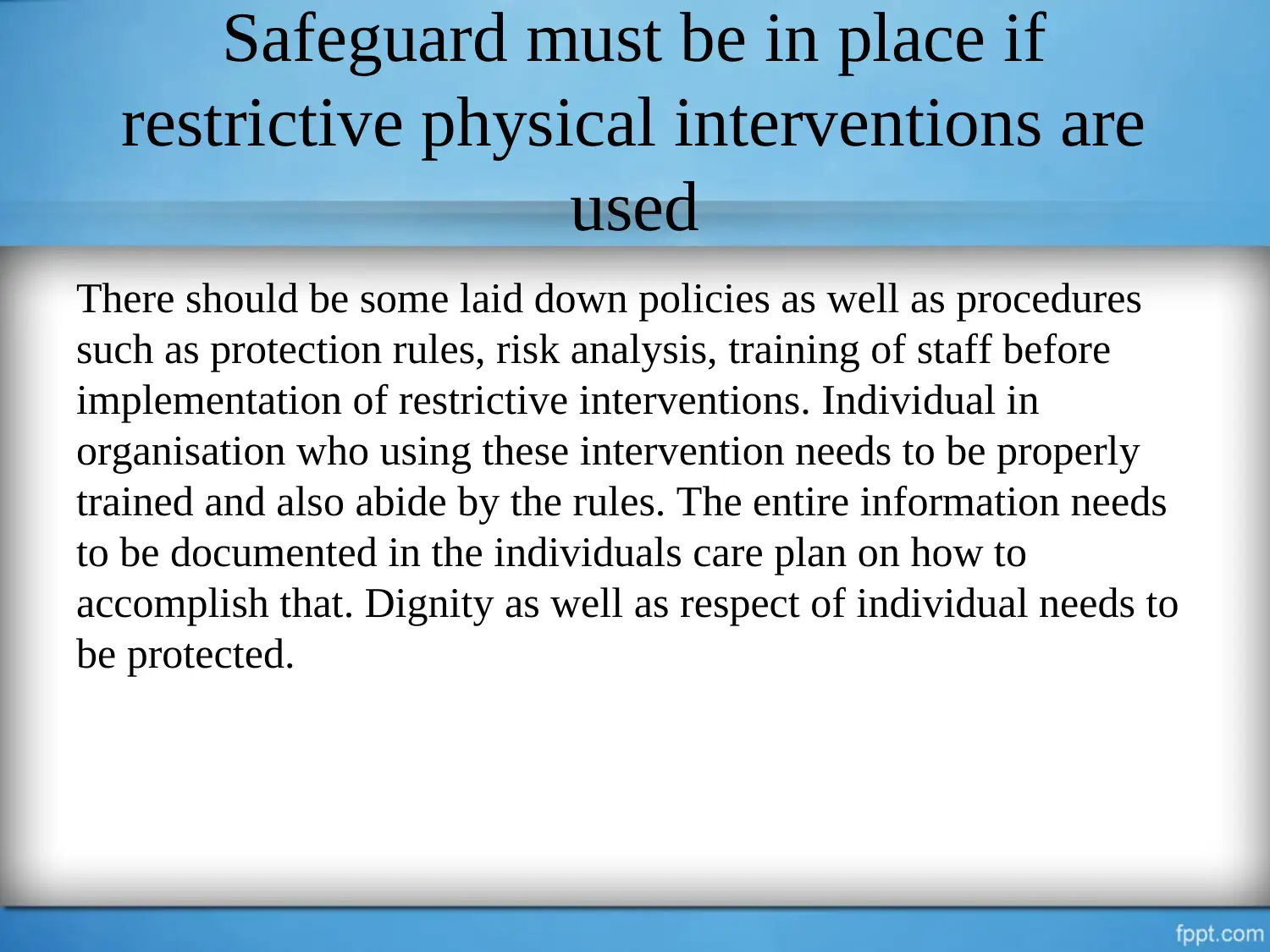
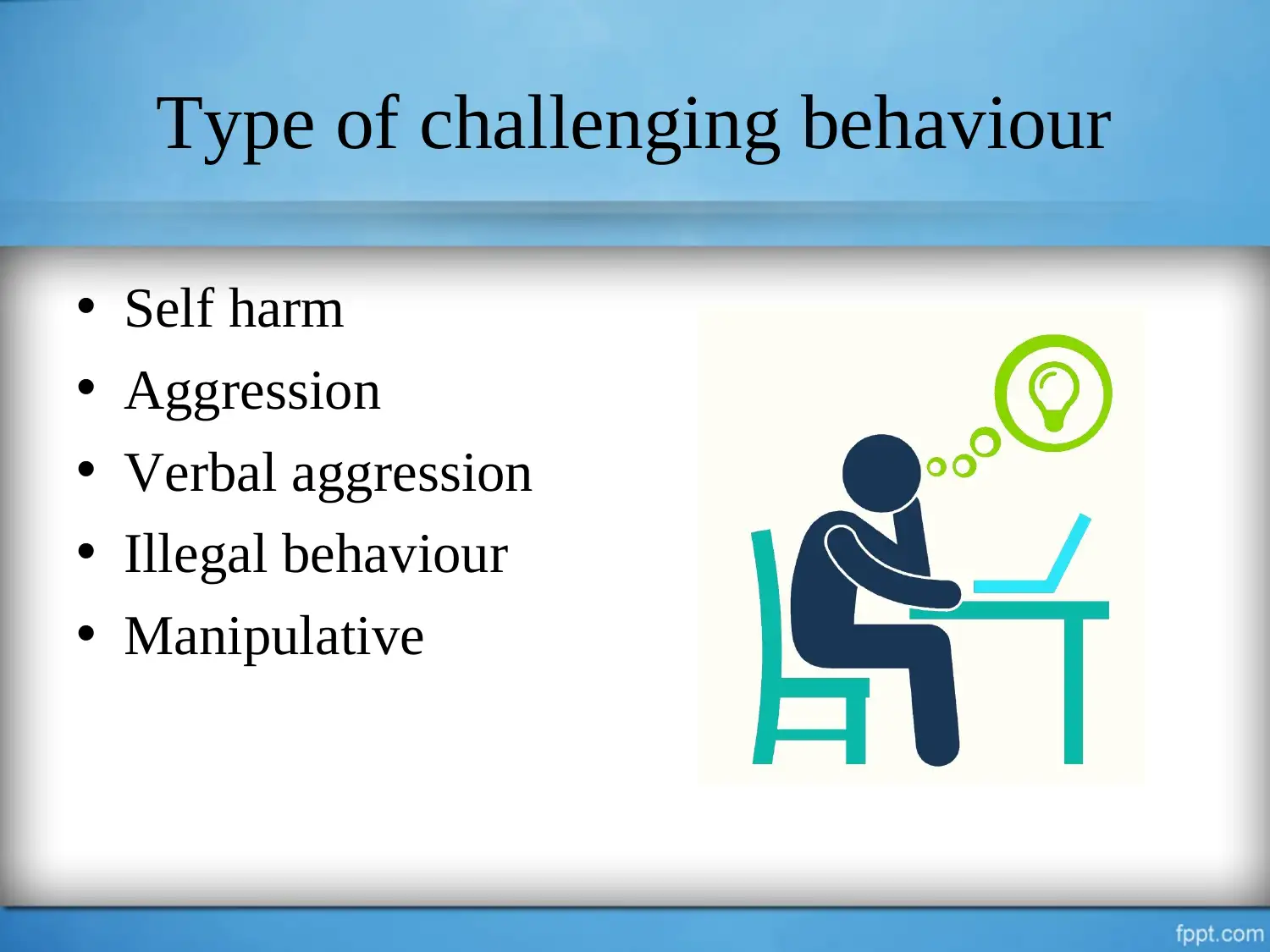







![[object Object]](/_next/static/media/star-bottom.7253800d.svg)